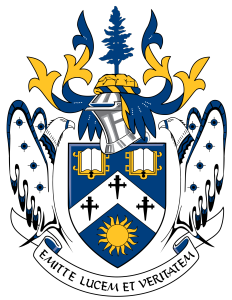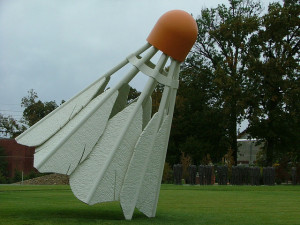
Image by Ruth Hartnup via flickr (CC-BY 2.0)


Image by Ruth Hartnup via flickr (CC-BY 2.0)
But the Nalgene originally had a much more narrow focus. It was a laboratory container, one of many developed and sold by the Nalge Company of Rochester, New York. Continue reading

Laurentian University coat of arms via Wikipedia
It turns out that there is a Canadian Heraldic Authority (CHA), headed by the Governor General of Canada, that is responsible for administering coats of arms and related symbols in this country. They also maintain a registry that explains the symbolic meaning of the various features. Continue reading

Image by Rebecca Partington via flickr (CC BY-SA 2.0)
The Ansari X-Prize was created in 1996 to spur the development of private space travel. Ten million dollars was offered to the first team capable of designing a re-usable system that could take three people 100 km above the Earth, then return them safely to the ground, and do so twice within a two week period. Rutan’s company Scaled Composites, in collaboration with Microsoft co-founder Paul Allen, developed a vehicle called SpaceShipOne which won the X-Prize in October 2004. Continue reading